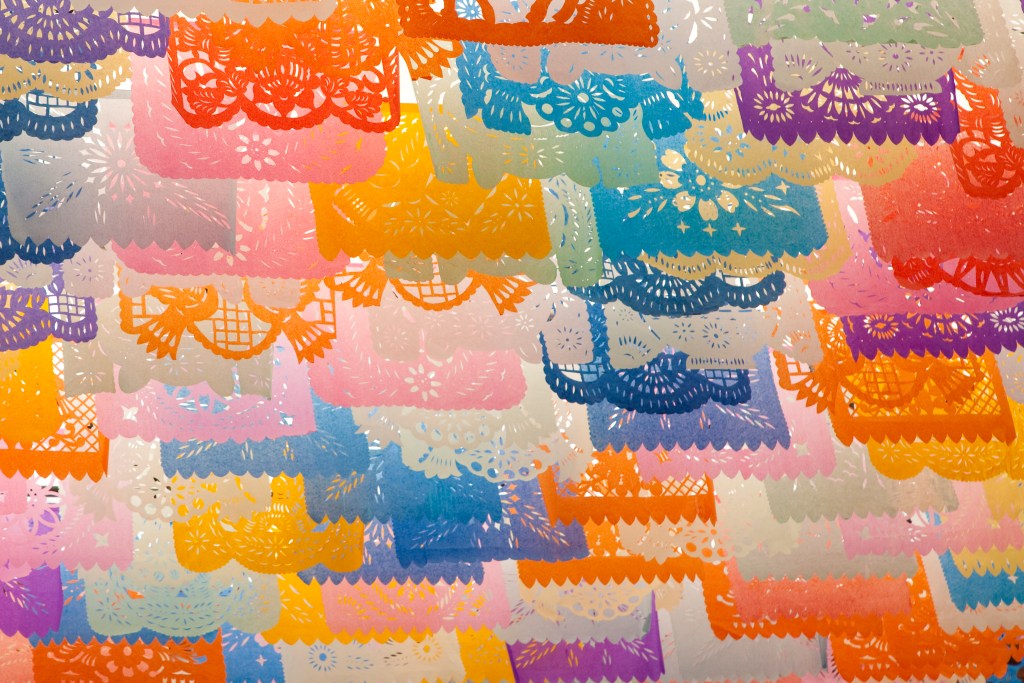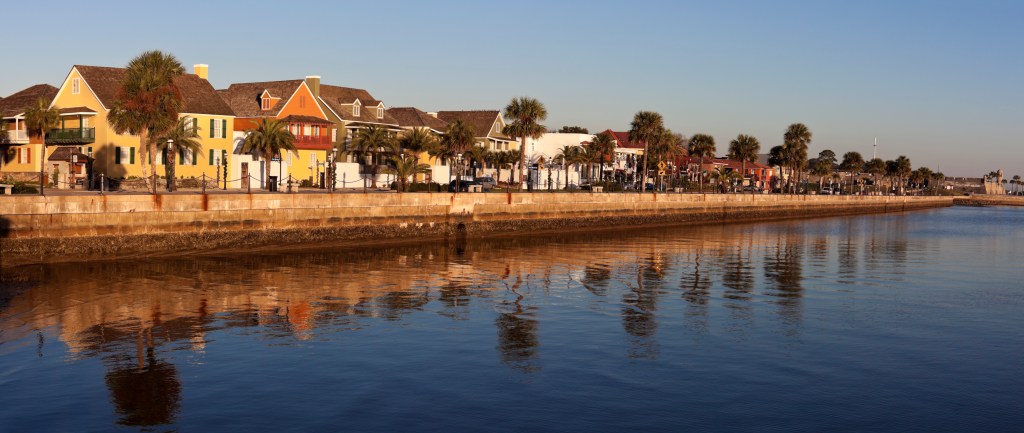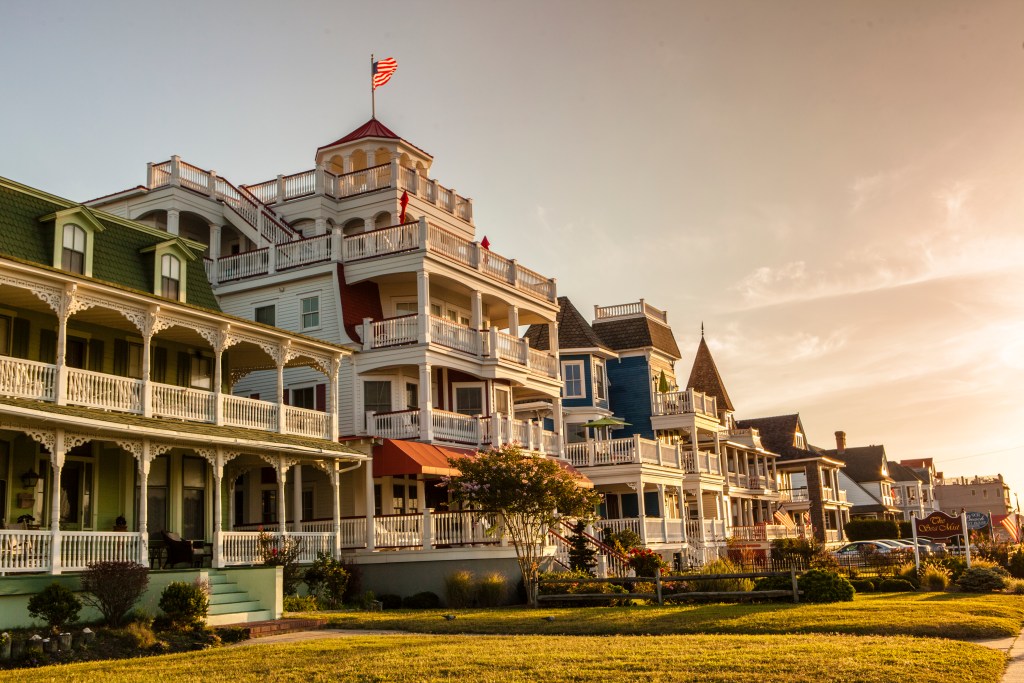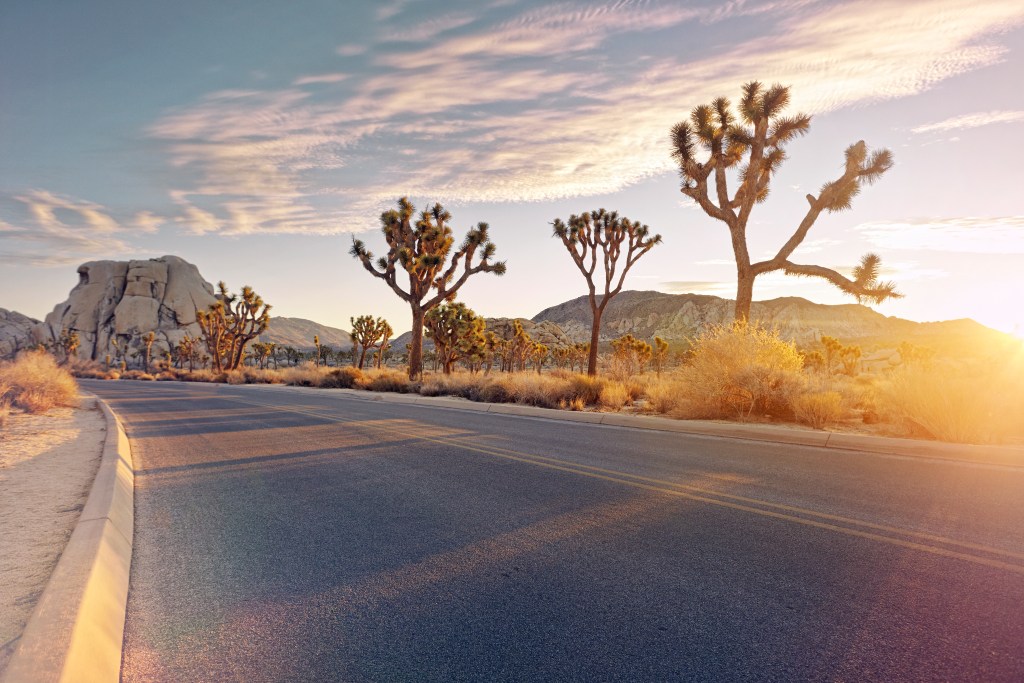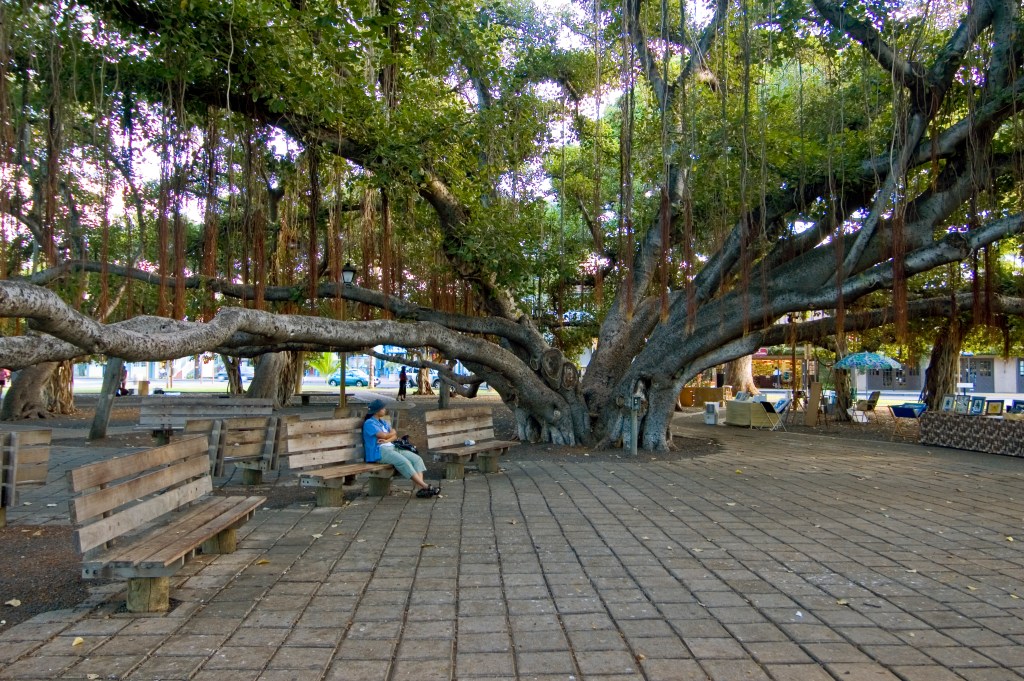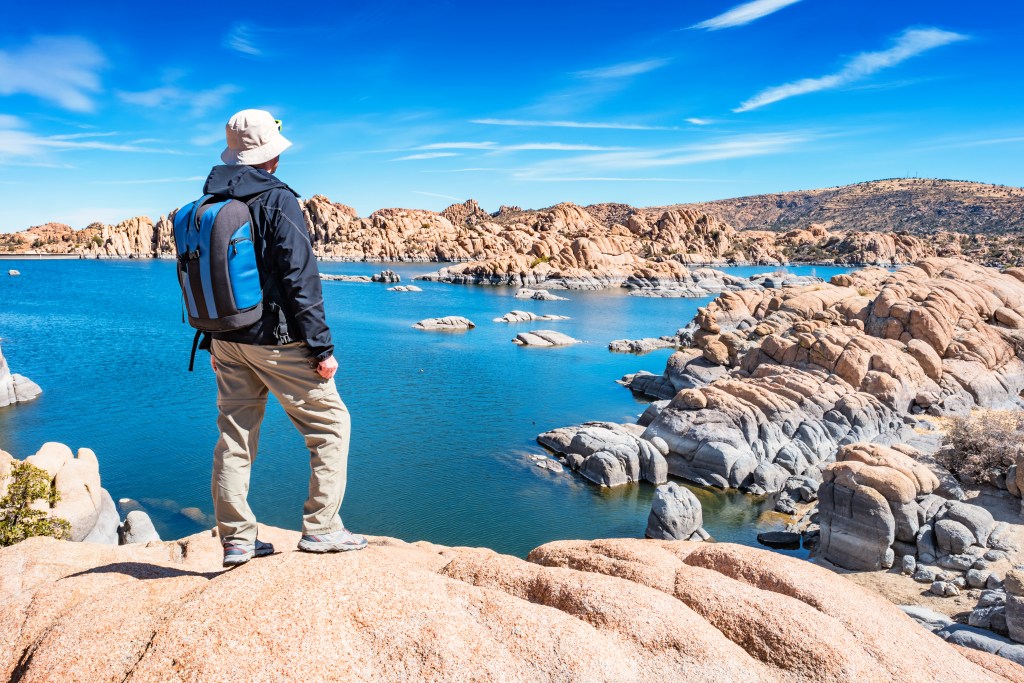Imagine this: you’re on a solo trip of a lifetime and have downloaded the right dating apps for your needs—then you finally get a quality match.
This is the chance to start dating abroad that you’ve been waiting for.
You’re about to live out a scene from a romantic comedy film with a promising new love interest.
While nerves are normal on any first date, those anxieties quickly ramp up when we’re in a new place surrounded by strangers.
That’s doubly true if we’re heading out on a first date with someone from a different culture.
What about those social cues that we take for granted? What if you mispronounce words when you try to speak their language? And what about safety?
Finding the right dating app is hard enough. If you’re preparing for your first date on a solo trip, stick with these tips. They’re based on my own experience dating abroad, along with advice from savvy travelers and digital nomads.
They’ll help keep you safe while you head out on your first date—but they should also help you nail that first impression, setting the stage for a potential affair for the ages.
9 tips for dating abroad
Tip #1: Set your expectations early on
As in, before you meet for that first date. Setting expectations is especially important if you’re meeting up with someone local. A local person probably isn’t planning on exploring the world or finding a new home; that means they might be more likely to look for a long-term relationship or fling.
If you don’t foresee yourself staying in the area, then be sure to communicate that to your new love interest. Regardless of whether they’re local, it’s always good dating practice to be upfront about the level of commitment you’re looking for and willing to give.
Tip #2: Be cool about the little differences if you’re dating outside your ‘bubble’
Dating on solo trips usually exposes us to new cultures, languages, traditions, and more. If you’re dating a non-American, I recommend treading lightly with those little differences.
By little differences, I’m talking about accents, style, and interests.
The more you point out the differences between you and your date, the less likely you are to establish a connection based on the things you have in common.
Tip #3: Never bring up the dark stuff (on a first date)
When I make new travel friends, it’s not uncommon for them to bring up the darkest moments of US history after learning my nationality. I get it; our country’s sordid affairs are covered in great detail by foreign media.
But remember that what you see in the news is usually the most sensationalized and controversial stories that happen in a country—and they might not reflect the everyday life of its citizens.
Don’t bring up these darker topics if you’re dating outside your bubble, and don’t be afraid to steer the conversation elsewhere if someone does it with you. I usually take the chance to highlight the lesser-known and more positive elements of my cultural background.
Tip #4: Go on the date even if you’re leaving soon
I’ve had friends cancel dates because they didn’t want to potentially forge a new bond with their end date approaching. That’s a valid reason to avoid a first date—but if you’re really looking for love and you think that you’ll return to the area someday, go for it!
So long as you’re open about the circumstances regarding your solo travel, there’s no harm in making that connection.
Tip #5: Don’t get drunk
Obviously, getting drunk puts you at risk in a myriad of ways. Male solo travelers are at a higher risk of being robbed when drunk; women are prone to that, too, plus a few other risks.
For safety reasons, stay sober when dating abroad, especially on first dates.
Aside from staying safe, you need to consider the cultural implications of drinking. Some people might find it inappropriate to drink casually and heavily—and you don’t want to make your date uncomfortable.
On the other hand, if your date is getting drunk quickly, call it a night. Maybe they’re nervous about meeting you—in which case, you can always try dating another time. But the risks outweigh the benefits once either party is sloshed.
Tip #6: Plan to talk about money when dating abroad
In the US, there’s a growing divide based on who should pay for dates. Historically, men have been expected to foot the bill—but it’s not uncommon to discuss splitting the bill for many younger demographics.
Just know that financial topics like these look very different all around the world.
Men might be expected to pay for the bill in certain countries. In others, it might be par for the course to split the bill. There’s no right or wrong answer. Just be prepared to have the discussion.
Tip #7: Use protection
Again, this might seem obvious. We’re encouraged to use protection when we have sex because it protects us against STIs and unwanted pregnancies.
But I’m going to touch on the cultural element of pregnancy. In some cultures, dating a foreigner might already be viewed as bold, nonetheless having a child with them. Adding a child to the mix will complicate things for you and your lover.
Again, it probably seems obvious to take topics like pregnancy seriously, but don’t underestimate how vastly different these topics are viewed in other countries. From marriage to financial responsibilities, even dedicated couples can struggle to navigate the complexities of intercultural co-parenting.
Tip #8: Be wary if you think you’re being shown off
If your date wants to go someplace public and introduces you to a lot of friends right off the bat (as in, on your first date), then be a little wary.
They might be more interested in dating someone who looks a certain way or is of a certain nationality.
Let me phrase it like this: we’ve all perked up our ears at a bar when we hear an accent that we find particularly attractive, but that doesn’t necessarily mean we’re interested in what that person has to say. Make sure you’re being heard and valued for who you are as a person and not what you like to look or where you come from.
Tip #9: Even if the date goes really well, keep growing your friend group
We all have that friend who seems to go MIA any time they get a new boyfriend or girlfriend. If you’re this type of person, then I highly suggest putting added time and effort into growing your social circle.
Just because you’ve found a boo, that doesn’t mean you don’t need other friends in your life—especially on solo trips.







